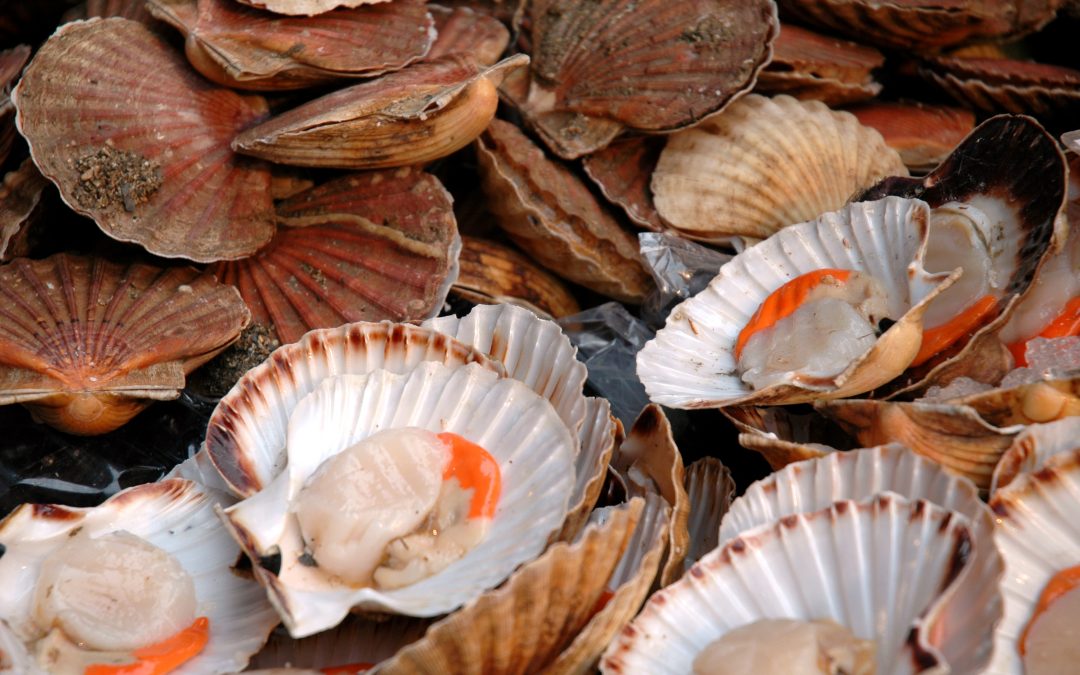The Sea-Fisheries Protection Authority (SFPA) has issued updated guidance on the correct processing or shucking of scallops so as to remove or minimise the risk of food illness from marine biotoxins in these shellfish.
With Ireland’s growing reputation for producing quality, healthy seafood scallops continue to be one of the most popular shellfish both at home and for export. Purification or cooking of the shellfish does not remove the risk of food illness, whereas correctly shucked scallops are a low risk and the SFPA is urging industry to familiarise themselves with the correct steps to follow.
Phytoplankton, upon which the shellfish feed, are occasionally blighted by blooms of plankton species that produce marine toxins, which the bivalve molluscs accumulate in their digestive tract. These naturally occurring toxins do not harm the shellfish but they can cause human illness. Due to their physical size, scallops can be eviscerated or shucked which is highly effective in removing the majority of any biotoxin contamination that may be present.
Shucking correctly involves the extraction of the adductor muscle (white meat) with the attached gonads or roe only from the shell. Adductor muscle rarely tests above the EU regulatory limit for marine biotoxins in live Bivalve Molluscs, while the gonad only occasionally exceeds the limit. However, routine analysis conducted by the Marine Institute shows that whole scallops landed by Irish fishermen frequently contain multiples of the regulatory limit.
Dr Susan Steele, Chair of the SFPA, states: “Ireland’s seafood sector continues to grow apace with the sector successfully targeting new business opportunities at home and abroad. The quality and safety of Ireland’s seafood produce to the consumer is integral to the continued expansion of the sector and it is essential that those working in the sector continue to take every step to ensure that only produce that is safe to eat is put on the market. In the case of scallops, correct shucking will minimise the food safety risks to consumers and safeguard that reputation.”
The guidance, available on the SFPA website, provides step-by-step instructions for those intending to shuck scallops before selling them. The guidance includes:
- The food hygiene measures handlers should take
- The safest and most effective ways to handle the knife when shucking in order to avoid injury
- The washing and inspection of scallops that should take place after the appropriate parts of the scallop have been shucked.
The full guidance can be viewed on the SFPA website: www.sfpa.ie


Recent Comments